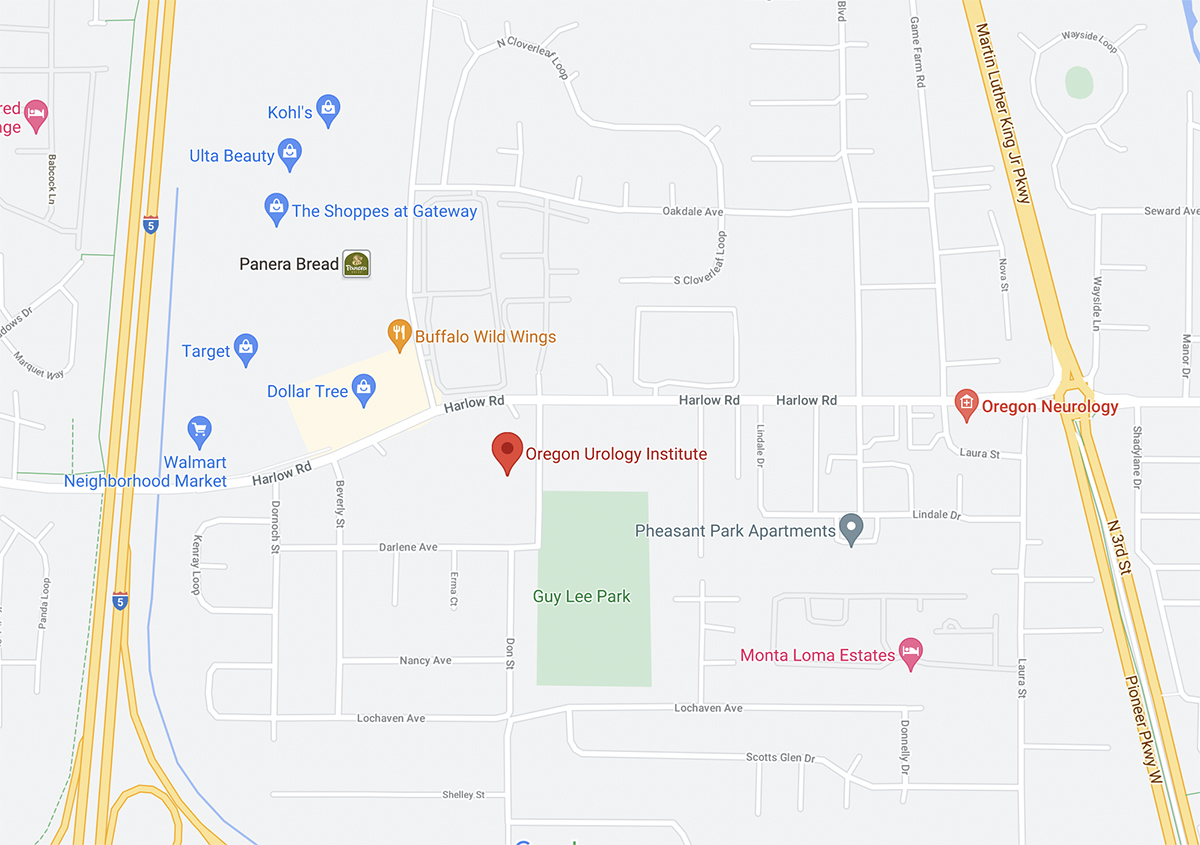VASECTOMY

WHAT IS A VASECTOMY?
A vasectomy is a surgical procedure for permanent contraception. During the procedure, the vas deferens from each testicle is cut, sealed, or tied, preventing sperm from entering the urethra. This process effectively prevents sperm from entering the semen when ejaculation occurs.


VASECTOMY BENEFITS
A vasectomy offers several advantages over other types of birth control. These benefits include:
- Permanent birth control. If you and your partner are certain that your family is complete, a vasectomy offers a permanent solution to prevent future pregnancies.
- Effectiveness. A vasectomy is one of the most reliable forms of contraception, with a success rate of over 99%.
- Convenience. Once the procedure is confirmed to be successful, you won’t need to worry about other contraceptive methods.
- Cost-effective. Over time, a vasectomy can be more cost-effective than other contraceptive methods such as pills, condoms, or intrauterine devices. Many insurance companies cover the cost of a vasectomy.
- Simplicity. The procedure is relatively simple and can be done in an outpatient setting with minimal recovery time.
- Freedom from hormonal side effects. A vasectomy does not interfere with the body’s natural hormone production. Hormonal birth control for women often comes with several undesirable side effects.
In short, a vasectomy can provide a reliable and hassle-free method of birth control, ensuring peace of mind for you and your partner.
HOW IS A VASECTOMY PERFORMED?
The vasectomy procedure is straightforward and minimally invasive. It is performed with little disruption to the surrounding tissues, making it a simpler and safer option compared to permanent birth control for women. The entire procedure typically takes about 30 minutes.
Preparation
The area around the scrotum is shaved and cleaned. Local anesthesia is administered to numb the area.
Accessing the Vas Deferens
Your surgeon will need to reach the vas deferens by making a small opening in the scrotum. This is done in one of two ways:
- Conventional method- A small incision is made on each side of the scrotum to access the vas deferens.
- No-scalpel method- A small puncture is made in the scrotum to access the vas deferens. This method may reduce bleeding and complications.
Separating and Sealing
The vas deferens is cut, and the ends are either tied, sealed with heat, or clipped. The incisions or punctures are then closed.
VASECTOMY RECOVERY
After your vasectomy, it’s normal to experience some mild discomfort, swelling, and bruising around the scrotum. This is part of the healing process.
Over-the-counter pain relief medications, such as ibuprofen or acetaminophen, can help manage any discomfort. Wearing supportive underwear or a jockstrap can also reduce swelling and provide comfort by supporting your scrotum.
Applying ice packs to the area for 15-20 minutes at a time can further alleviate swelling and pain.
Short-Term Care
It’s important to rest for the first couple of days after your vasectomy. Avoid heavy lifting, strenuous activities, or exercise during this period to prevent complications and allow your body to heal properly.
Keeping the area dry and clean will help reduce the infection risk.
Most men find they can return to desk jobs or light activities within a few days, but you should follow your doctor’s specific advice.
Long-Term Care
Typically, you can resume your normal daily activities, including returning to work and light exercise, within a week. However, listen to your body and avoid activities that cause discomfort.
Sexual activity can usually be resumed about a week after the procedure, but it’s important to use another form of contraception until your doctor confirms that your semen is free of sperm.
CONFIRMING VASECTOMY SUCCESS
After a vasectomy, it’s necessary to ensure no sperm is present in the semen.
This confirmation requires a follow-up semen analysis, which is typically done around 12 weeks post-procedure.
Your doctor will ask you to provide semen samples. Multiple tests may be needed to confirm the success of the vasectomy.
You will need to continue using other contraception until your doctor confirms that your semen is sperm-free. It may take several months for your semen to be completely free of sperm.
POTENTIAL RISKS AND CONSIDERATIONS
While a vasectomy is generally a safe and minimally invasive procedure, it’s important to be aware of the potential risks involved.
Possible short-term complications include:
- Infection
- Bleeding
- Hematoma, a localized collection of blood in the scrotum
Long-term risks include:
- Chronic pain, known as post-vasectomy pain syndrome
- Potential inflammation called a granuloma
Very rarely recanalization can occur. This happens when the vas deferens reconnects, leading to fertility restoration.
SCHEDULING A VASECTOMY
Vasectomy offers numerous benefits, including:
- Impressive effectiveness rate of over 99%
- A permanent solution
- No impact on testosterone levels, sex drive, or sexual function
Call our office at (541) 334-3350 to schedule an appointment, or use the form below to request an appointment.
FAQs
1. Will a vasectomy affect my sexual performance?
No, a vasectomy does not affect your sexual performance. The procedure does not interfere with the production of testosterone, erections, or the ability to have an orgasm.
2. Can a vasectomy be reversed?
Maybe. A vasectomy can sometimes be reversed through a procedure called vasovasostomy. However, the success rates of reversal vary and are not guaranteed. It’s important to consider a vasectomy as a permanent form of contraception.
3. Does a vasectomy protect me from sexually transmitted diseases?
No, a vasectomy does not protect you from sexually transmitted diseases (STDs). You will still need to use condoms or other protective measures to prevent the transmission of STDs.






